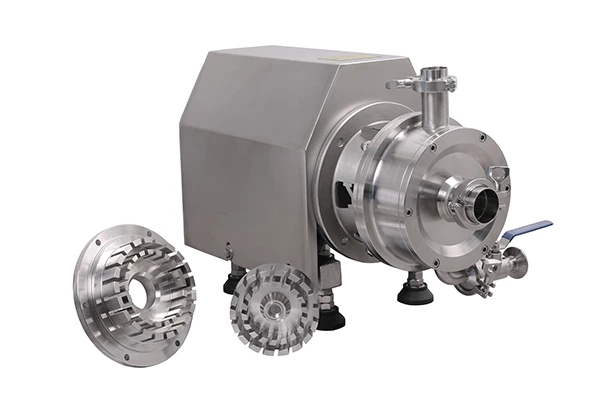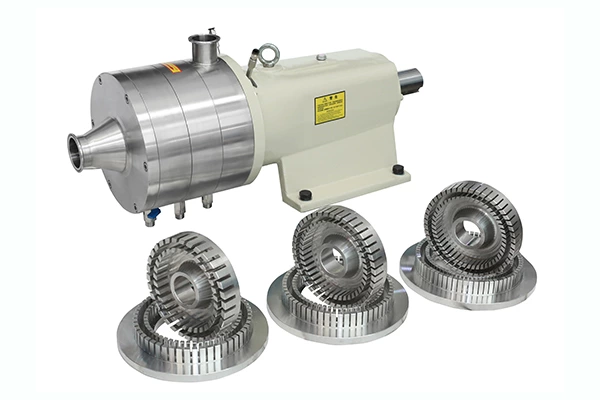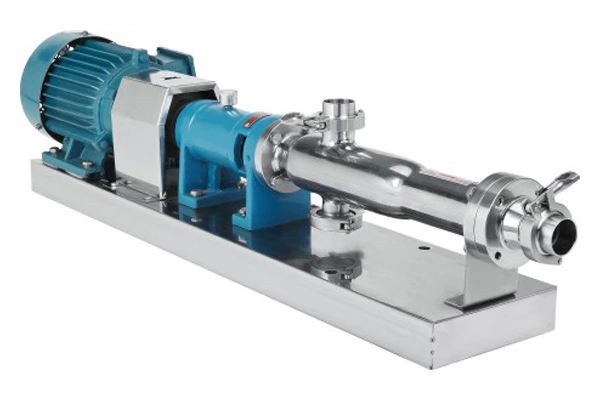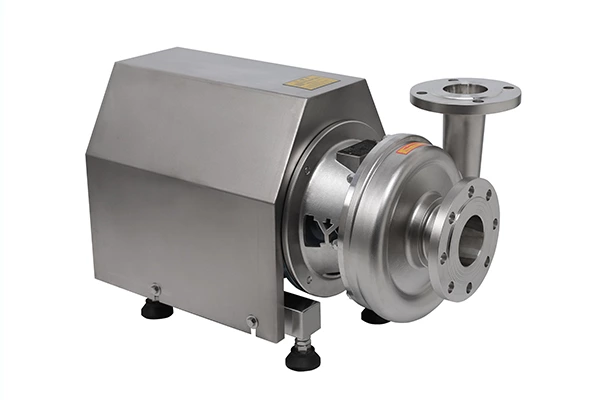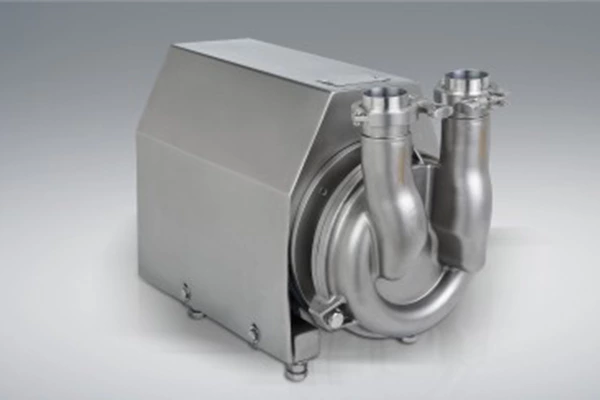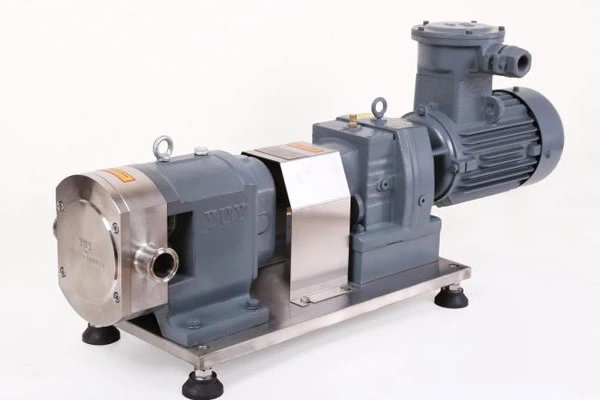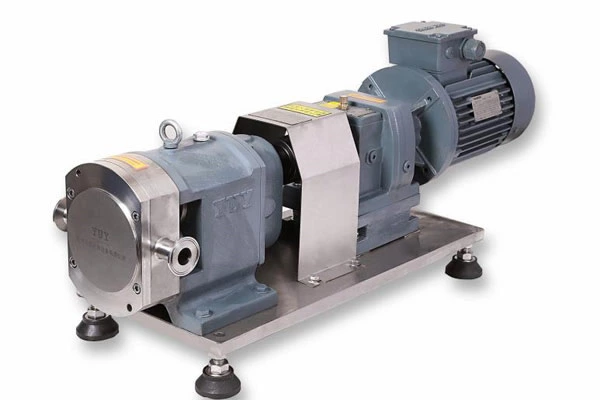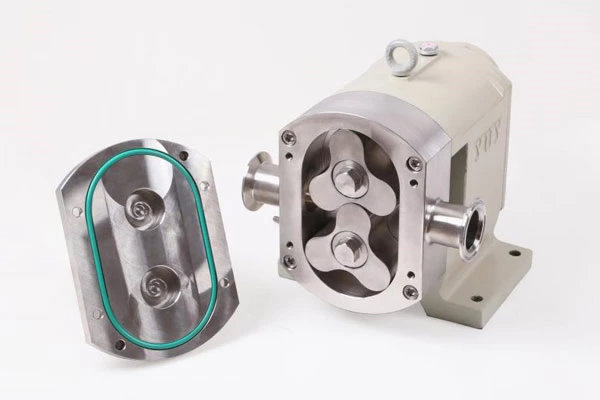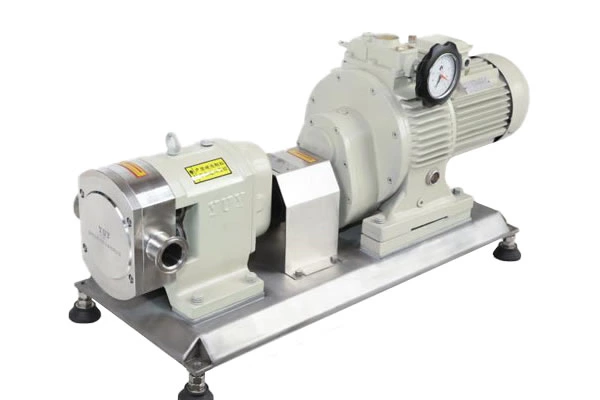Emulsification Pump Actuator
(1) Consideration of output force
Regardless of the type of actuator, its output force is the effective force used to overcome the load (mainly refers to the unbalanced force and unbalanced torque plus the friction force, sealing force, gravity and other related forces). Therefore, in order for Emulsification Pump to work normally, the actuator used must be able to generate sufficient output force to overcome various resistances and ensure high sealing and valve opening. For double-acting pneumatic, hydraulic and electric actuators, there is generally no return spring. The magnitude of the force has nothing to do with its running direction. Therefore, the key to selecting an actuator is to understand the maximum output force and the torque of the motor. For single-acting pneumatic actuators, the output force is related to the opening of the valve. The force on the emulsifier pump will also affect the motion characteristics. Therefore, it is required to establish a force balance within the entire opening range of the emulsifier pump.
(2) Determination of the actuator type
After the output force of the actuator is determined, select the corresponding actuator according to the requirements of the process use environment. If there is an explosion-proof requirement on site, a pneumatic actuator should be selected, and the junction box should be explosion-proof. An electric actuator cannot be selected. If there is no explosion-proof requirement, both pneumatic and electric actuators can be used, but electric actuators should be used as much as possible for energy saving. Hydraulic actuators are not as widely used as pneumatic and electric actuators, but they have the characteristics of high adjustment accuracy, fast and stable action speed. Therefore, in some cases, in order to achieve better adjustment effects, hydraulic actuators must be used, such as speed adjustment of transparent machines in power plants, temperature control of catalytic reactors in refineries, etc.
